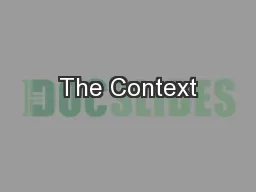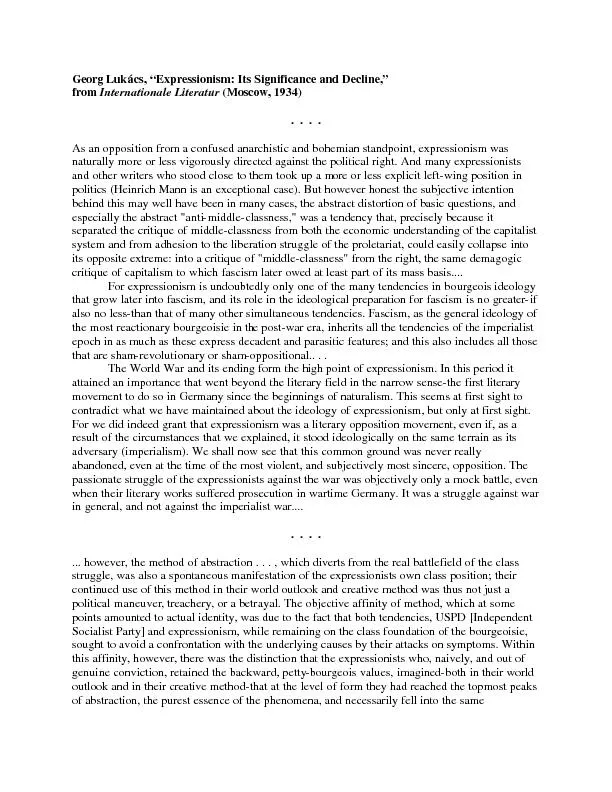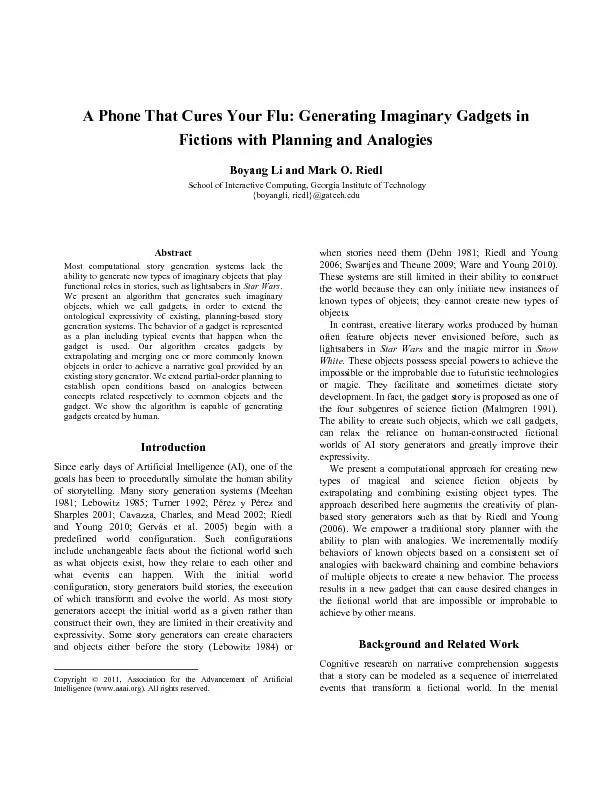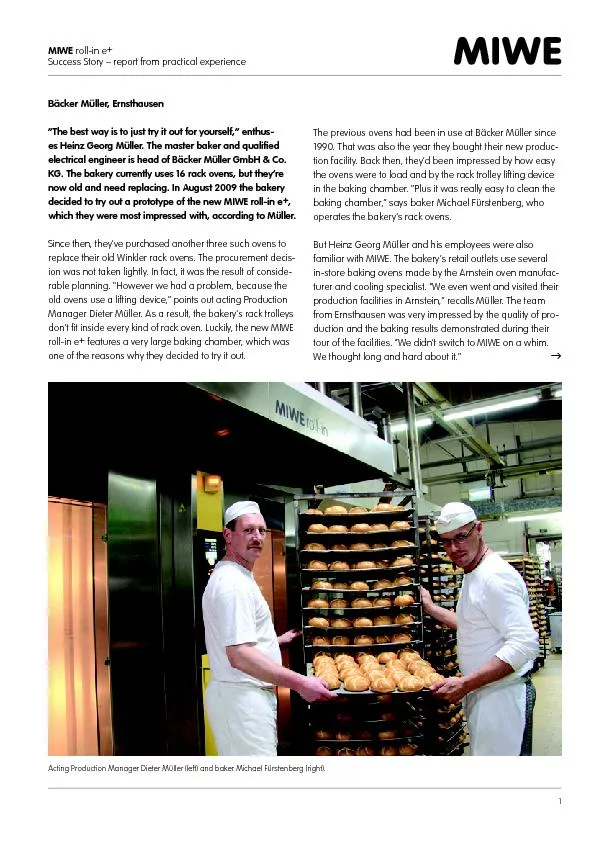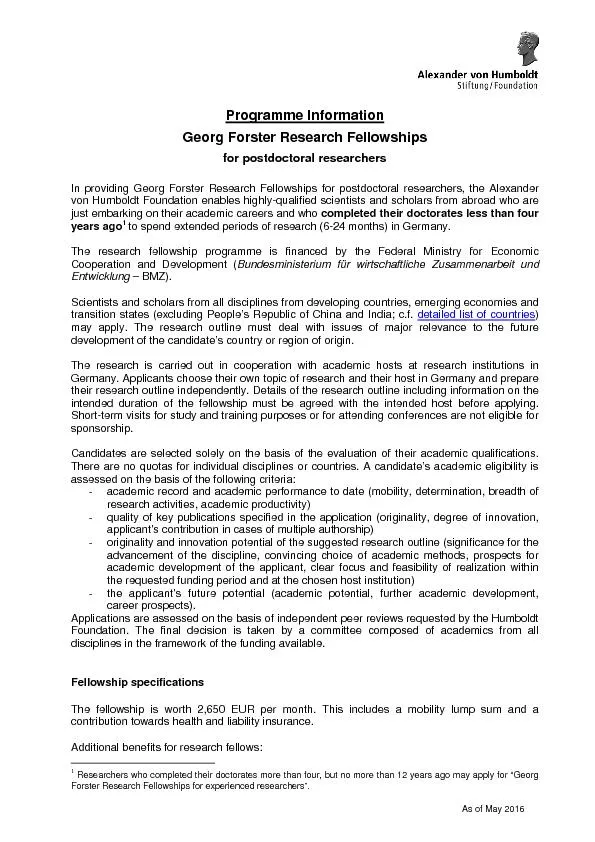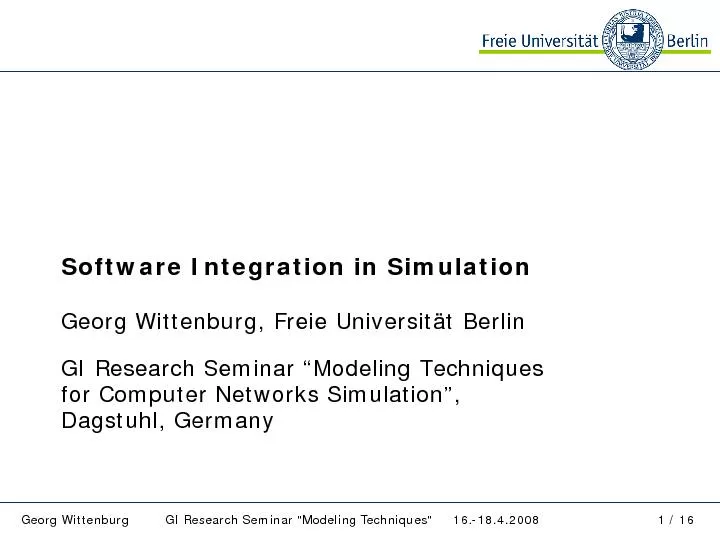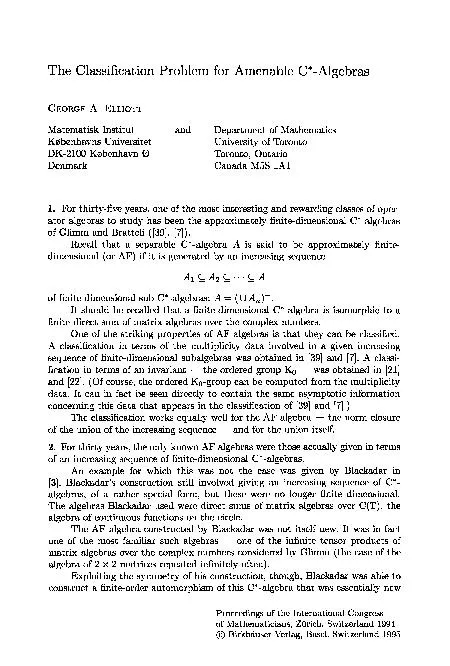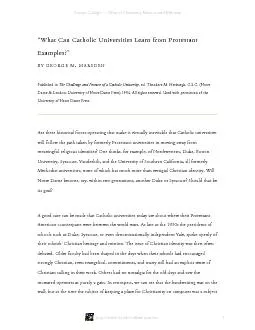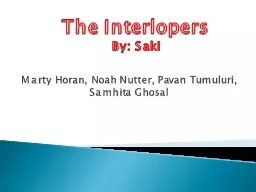PPT-Georg Buscher
Author : olivia-moreira | Published Date : 2016-04-26
Andreas Dengel Ludger van Elst German Research Center for AI DFKI Knowledge Management Department Kaiserslautern Germany SIGIR 08 Query Expansion Using GazeBased
Presentation Embed Code
Download Presentation
Download Presentation The PPT/PDF document "Georg Buscher" is the property of its rightful owner. Permission is granted to download and print the materials on this website for personal, non-commercial use only, and to display it on your personal computer provided you do not modify the materials and that you retain all copyright notices contained in the materials. By downloading content from our website, you accept the terms of this agreement.
Georg Buscher: Transcript
Download Rules Of Document
"Georg Buscher"The content belongs to its owner. You may download and print it for personal use, without modification, and keep all copyright notices. By downloading, you agree to these terms.
Related Documents



